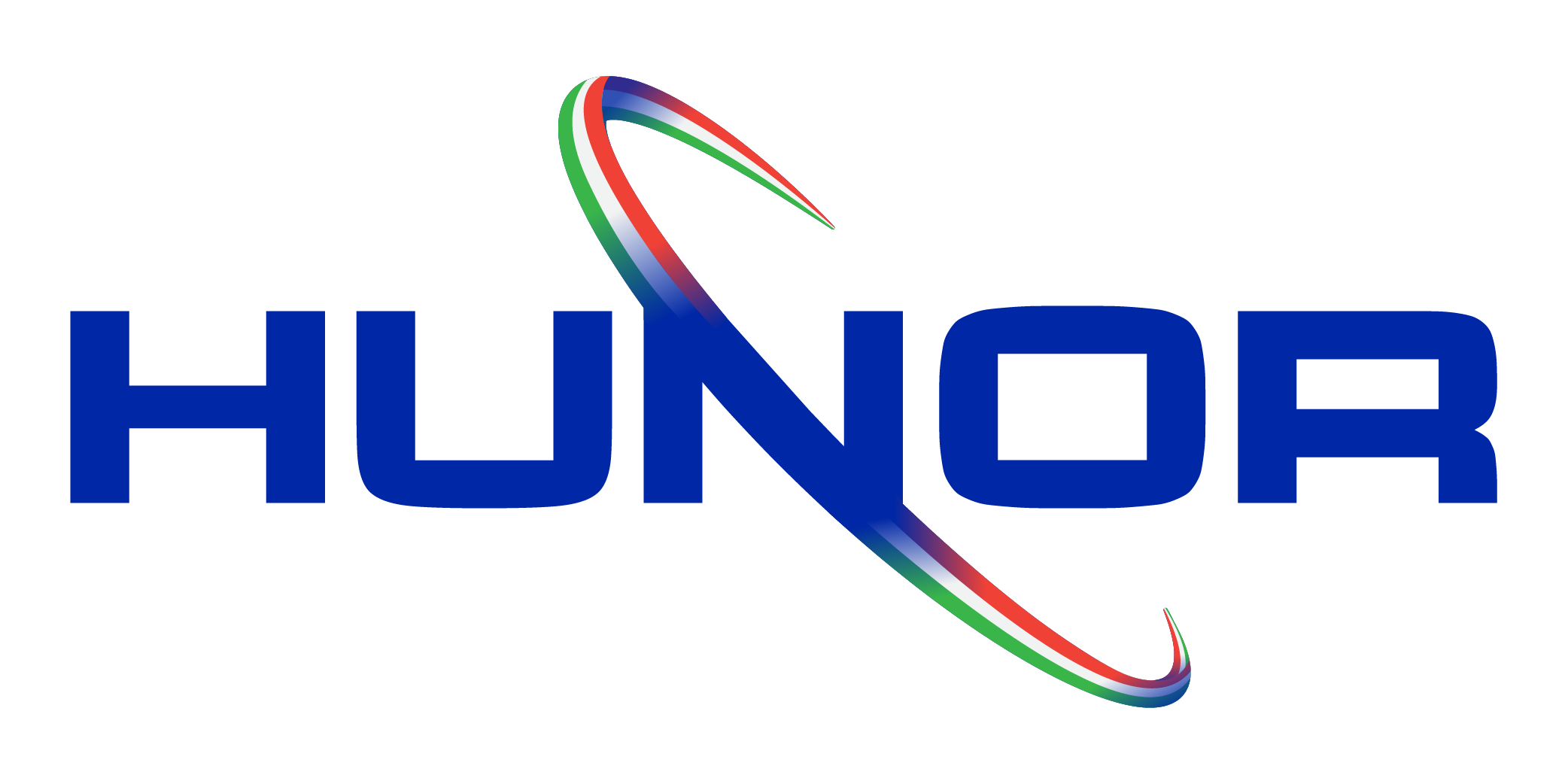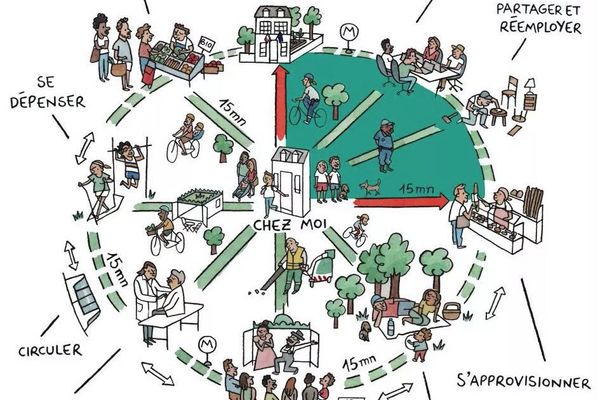It’s been 41 years since Hungary first went into space, but not for the last time. The HUNOR space program will allow Hungarian astronauts to fly again in 2024, marking the beginning of Hungary’s space industry revolution. We talked with Orsolya Ferencz, Ministerial Commissioner for Space Research.
No Hungarian astronaut has been in space since Bertalan Farkas, but in 2024, Hungary will conquer the cosmos again. How did you get to this point? Why does Hungary need such an ambitious project?
Nowadays, the whole world, and with that, mankind, is basing its economy on space activities, so there is no question that every country should be connected to the space sector within its capabilities. Our country has a 75-year history of space research, and we have plenty of knowledge, industrial and scientific capacity, which would be a crime to waste. It is also important to note that the space industry is extremely resilient to crises and has continued to expand even during the pandemic. The Hungarian government has identified the space industry as one of the industries of the future in its Economic Protection Action Plan, and as a result, the sector was given priority. We need to be present in all forms of space activity in which there is Hungarian competence, and spaceflight with a human crew is far from a prestige issue, as research, testing, and industrial development are taking place in zero gravity that cannot be carried out any other way. The only international laboratory of its kind in the world is the International Space Station. Getting in and getting research time here is a huge milestone, and the Hungarian economy has now reached the point where it can finance such a program. HUNOR is a very serious project with a vivid international response, and our partners take this opportunity very seriously and want to play an active role.

Where does Hungary stand in regional terms?
We had a huge advantage until 1991, but in the last 25 years, we have paid less attention to space than our regional competitors. Hungarian competencies have lagged behind; the Czechs, Poles and Romanians have spent far more resources on space research. But we have made up for this over the last 3 years and trends suggest that we will soon be the regional leader. Hungary proposed the space cooperation of the Visegrád countries (V4), which will be a regional alliance in international space forums, with the long-term perspective of joint information exchange and the establishment of a financial fund to finance large international missions.
To be more specific: what are the direct and indirect economic and technological benefits of the HUNOR program for Hungarian companies and research groups?
The further development of the Hungarian instruments that Bertalan Farkas took on board 41 years ago forms the backbone of today’s Hungarian space activities. The dose-measuring system, which was named Pille during the flight, is still used today as a market product for terrestrial radiation measuring in many places, be it nuclear power plants or medical radiological experiments. Universities that show their students that they don’t have to work with second-hand data, but are directly involved in such a space program, can enjoy a competitive advantage. Domestic companies that will develop instruments, mainly in the areas of radiation measurement and protection, materials technology, space life sciences and medical experiments, electronics development, will build significant Hungarian competence and, having participated in space-qualified instrument development, will have a significant international market advantage. They can demonstrate the experience gathered during HUNOR in larger space programs or developments. And in the astronaut recruitment process, the studies and experience gained by the medical team will help researchers by providing new aero-medical and space medical knowledge.
The current 2024 project will be implemented with Western funding. Roscosmos was not open to the possibility?
When we started the program in 2019, we realized that moving forward on several fronts was very important. At that time, only Roscosmos was available with the Soyuz program. The Russian-Hungarian negotiations had to take a lot of aspects into account, so the target date of 2026-2030 became realistic. Meanwhile, last year, the United States of America regained its capability to send men into space after a nine-year break. That’s when the partners approached each other, and in this case, the target date of 2024 could be met. It is important to note that the US and Russian projects are not rivals. This market will expand, not shrink: space stations and moon stations, international space missions, deep space missions will all be on the agenda. Our ultimate goal is to create a professional core, a Hungarian team that can be quickly trained for the most diverse space expeditions.
Beyond the HUNOR program, what is the long-term goal of the Hungarian space strategy? Is size not everything in space research?
We are not a small country; we are in the middle of the European Union. If the Czech Republic, Israel, Greece, Portugal, or Luxembourg have serious ambitions and capacities in this field, then our country should also strengthen its self-confidence because the problem is not its capacity. Our plan is that in areas where we have a very good base, we want to become a serious regional or global player, to be reckoned with in international missions, involving our researchers or our companies.
Orsolya Ferencz is a Hungarian electrical engineer, space researcher, politician, and as of 2018, Ministerial Commissioner for Space. Ms. Orsolya graduated from the Faculty of Electrical Engineering and Informatics, Budapest University of Technology, as an Electrical Engineer in 1993. She obtained her Ph.D. in 2000 in the field of high-atmospheric electromagnetic wave propagation. She is a Senior Research Fellow at the Space Research Group of the Department of Geophysics and Space Science, Institute of Geography and Earth Sciences, Eötvös Loránd University. Mother of four children.


The community is important as together, everything is better!—Here’s Westend’s creative competition again

The satire of satire—A collaboration between Zsigmond Dora menswear and tattoo artist Áron Dimén










